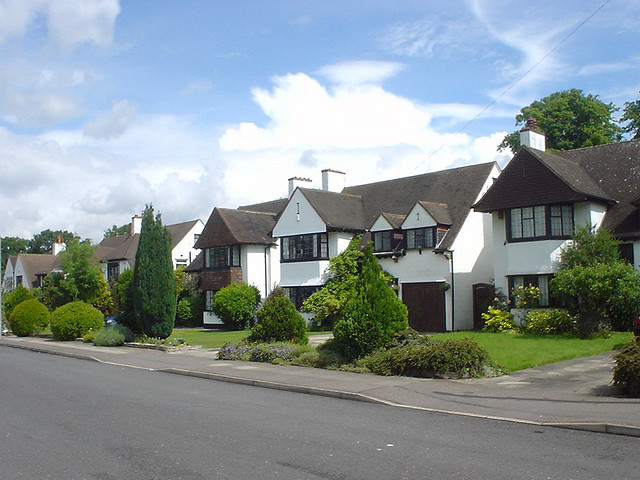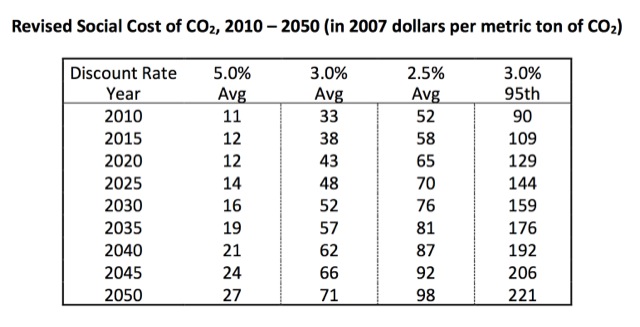When the Antiplanner read the headline–“Suburban sprawl cancels carbon-footprint savings of dense urban cores”–I thought this was going to be just another smart-growth study. But the study by University of California (Berkeley) researchers actually makes some good points.
People living in dense centers of large urban areas tend to have low carbon footprints. But those dense centers are invariably surrounded by low-density suburbs, as if dense areas cannot exist in isolation from low-density areas. (The reverse isn’t true: some low-density areas, such as Phoenix and San Jose, have no dense centers.)
So is the solution to increase suburban densities, as smart-growth advocates claim? Nope. “Increasing population density in suburbs is even more problematic,” says one of the researchers. “Surprisingly, population dense suburbs have significantly higher carbon footprints than less dense suburbs, due largely to higher incomes and resulting consumption.” I was wondering when someone else would notice that: density increases land prices which makes housing less affordable for low-income people. Moreover, those dense suburbs themselves are surrounded by lower-density suburbs of their own.









